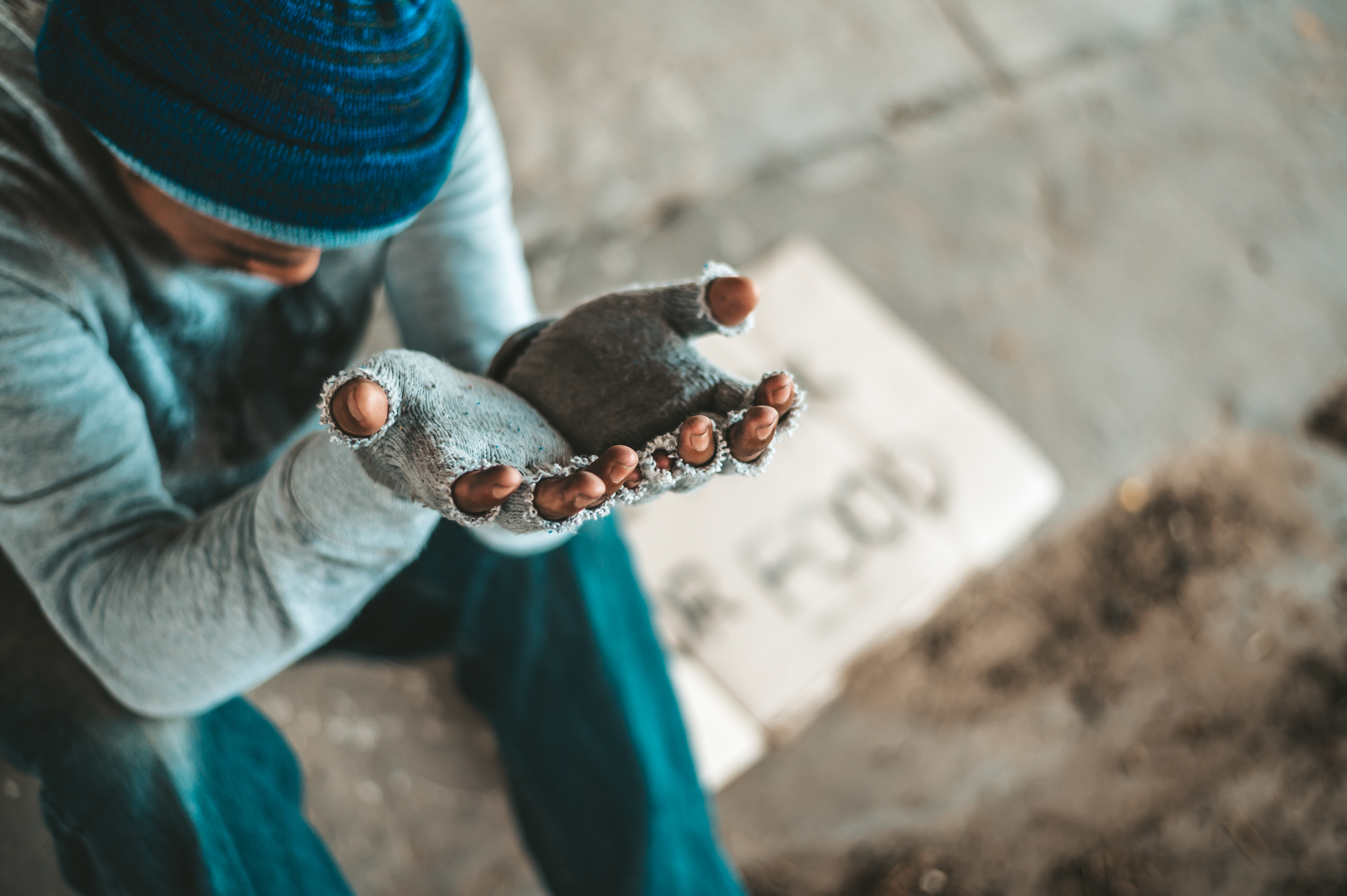Whats Is Climate Justice?
Glasgow é apenas um fragmento do quadro complexo e amplo de ativismos por justiça climática
Mariana Balau, for Collaborative Coverage NINJA COP26
The concept of climate justice carries a set of plural meanings and demands. The term refers to the struggle for the sacredness of Mother Earth, for humanity’s right to be free from ecological destruction; for the right of peoples to self-determination and against the repression and exploitation of land, peoples, cultures and other forms of life.
Specifically in global environmental governance, the fight for climate justice is reflected in the speeches of social movements and in the agendas of leaders in the global south, facing a situation of profound inequality: the peoples least responsible for the high rate of greenhouse gas emissions (from a historical point of view, mainly) are less capable to bear the high costs of environmental catastrophes resulting from climate change and, therefore, would depend on greater vision and effectiveness of international cooperation instruments.
On the other hand, the countries most responsible for the high emission rates – especially the US and China – have more resources and autonomy to develop and bear the costs of adaptation and mitigation actions, not directly depending on the success of environmental regimes and institutions.
Added to this unequal scenario, there is also what thinkers call “compound injustice”: the increase in the global average temperature will affect the most vulnerable countries and subordinate peoples in these territories, expanding an already serious picture of misery, hunger and poverty. In this scenario, it is also possible to add the vulnerability of women and children, who are a significant part of the population living in coastal areas and at risk.
Civil society activism has been fundamental to denounce this situation and guide its demands for the survival of its peoples in this scenario of anthropogenic change. In preparation for COP 26, a number of actors – state and civil society – have already expressed their intentions to emphasize the demand for justice during the negotiations. Highlights include India’s position in demanding developed countries transfer technology and resources to the global South, as well as the “COP 26 Coalition”, an alliance of NGOs, trade unions, religious groups, racial justice collectives and youth organizations in the struggle for climate justice.
The struggle, however, takes place daily and around the world: Glasgow is just a fragment of the complex and wide-ranging framework of climate justice activism.
The Environmental Justice Atlas (EJAtlas), or Atlas of Environmental Justice, an initiative of the Institute of Environmental Science and Technology (ICTA) of the Universitat Autonoma de Barcelona, maps initiatives by communities around the world in the defense of their lands, forests and waters, against extractivism and environmental degradation. The conclusion is that there are currently 3539 active disputes, several of them with no signs of conclusion or of victory for subaltern peoples.
These weeks in Glasgow are critical to the fate of the fight against climate change, but the demand for climate justice is far from being a priority in the negotiating rooms.
@MidiaNinja and @CasaNinjaAmazonia provide special coverage of COP26. Follow the tag #ninjanacop on the networks!


